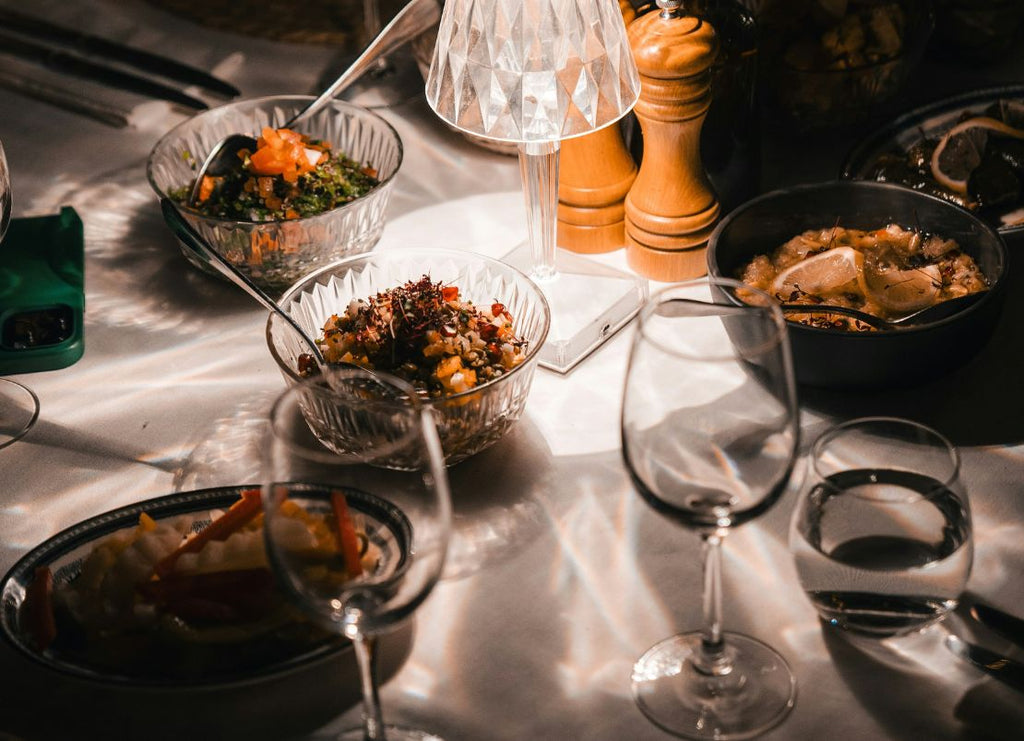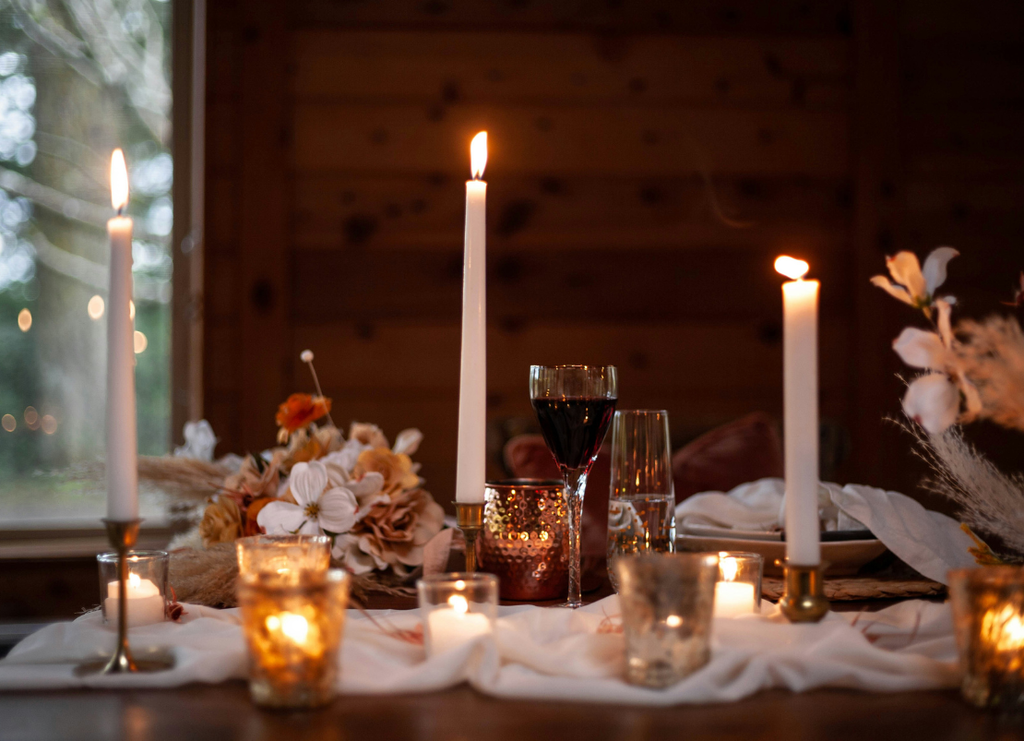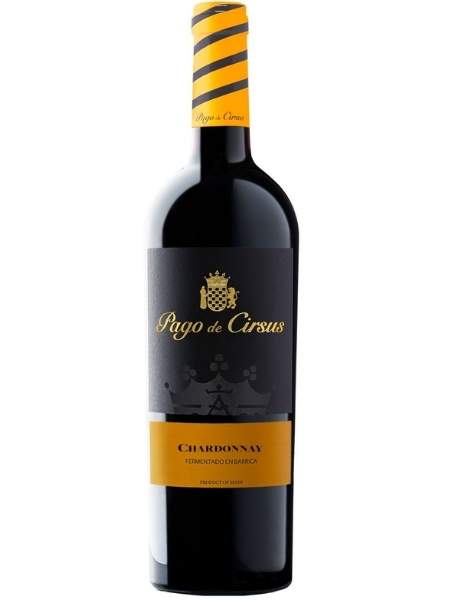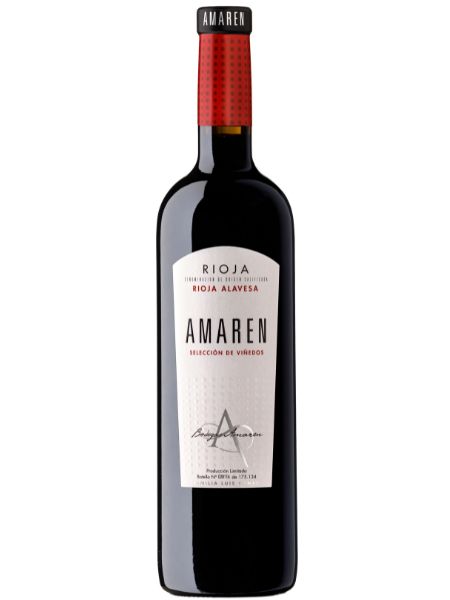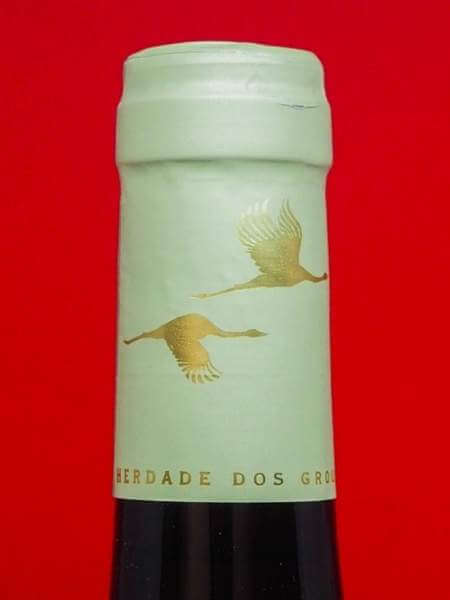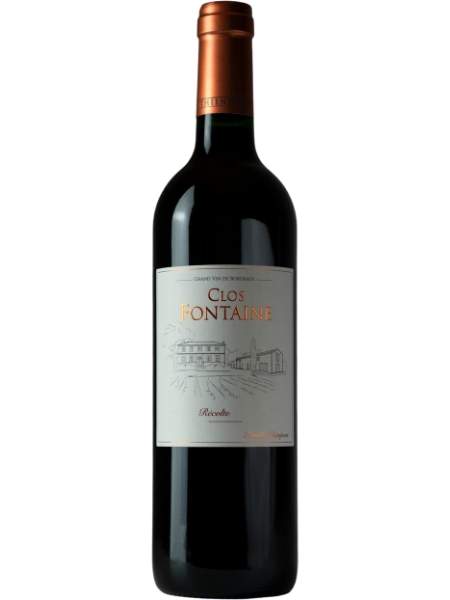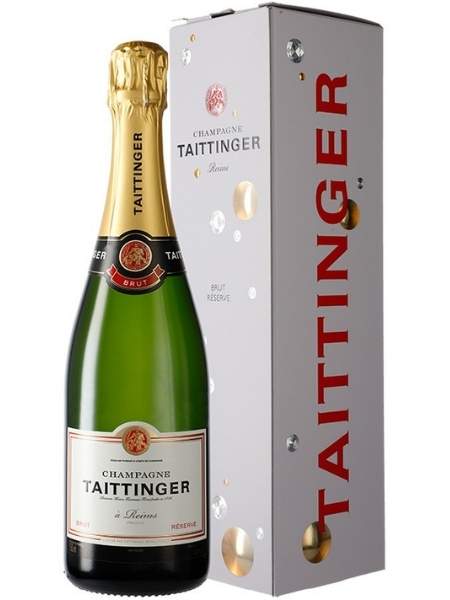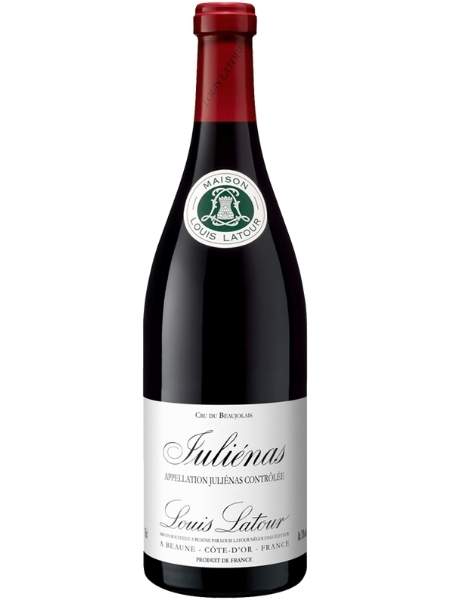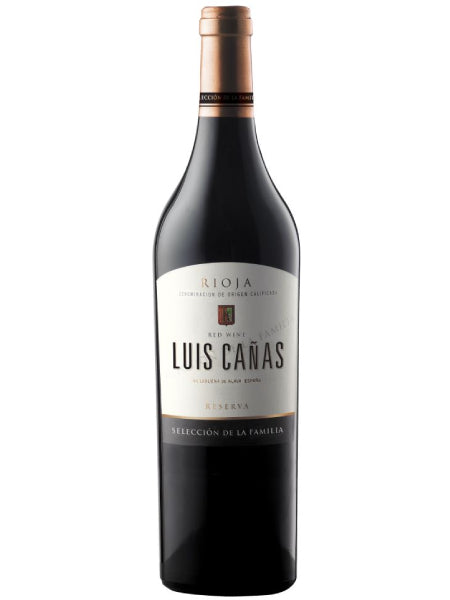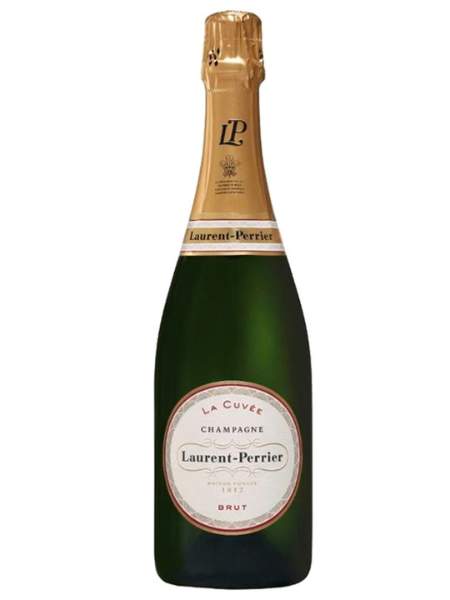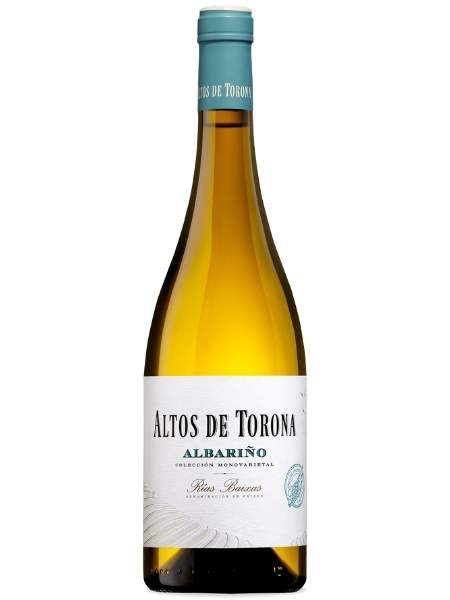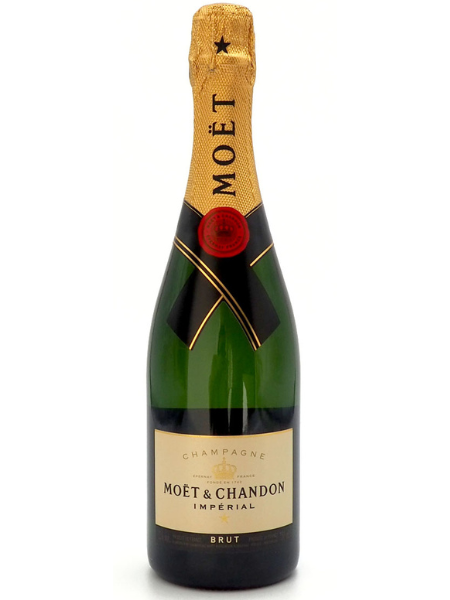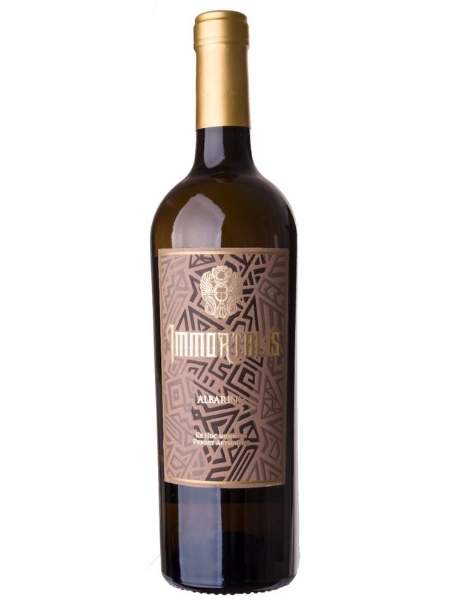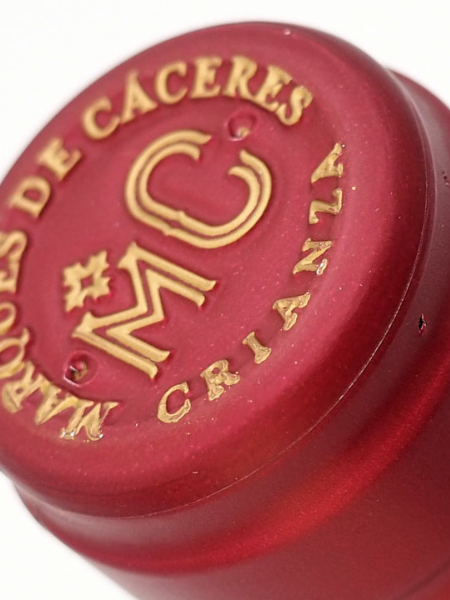
Champagne or Prosecco: Spotting the Differences

If you're a beverage aficionado or someone who enjoys the finer things in life, the debate between champagne and prosecco is no doubt an intriguing one. As you peruse the menu at a trendy bistro or prepare for a special celebration, the choice between these two sparkling wines can be a pivotal moment. To make the most informed choice, it’s essential to understand the nuances between these effervescent delights.
In this comprehensive exploration, we'll dive into the history, production methods, flavor profiles, cultural significance, and even food pairings of champagne and prosecco. Whether you're a curious wine lover or a burgeoning sommelier, this post will uncork the distinct attributes of these celebrated sparkling wines.
Table of Content:
Origins and Production
Champagne
Champagne, often synonymous with luxury, hails from the eponymous region in France. At its core, what sets true Champagne apart is its méthode champenoise, or traditional method of production. This involves a secondary fermentation in the bottle, giving rise to the renowned complex flavors and fine bubbles that champagne is known for.
Champagne is primarily made from three grape varieties: Chardonnay, Pinot Noir, and Pinot Meunier. Each brings its own character to the blend. The process of creating Champagne is meticulous and regulated to a degree that the term "champagne" cannot be used for any sparkling wine not produced in the Champagne region under the strict guidelines of this method.
Prosecco
In contrast, Prosecco is from the north-eastern Veneto region of Italy. The wine is made using the Charmat method, where the secondary fermentation takes place in a stainless-steel tank, making for a lighter, more fruit-forward wine profile.
The main grape variety used in Prosecco production is Glera, previously known as Prosecco, though some winemakers may blend in other local grapes for added complexity. The Charmat method preserves the vibrancy of the grape's natural flavors, resulting in a more fruit-centric experience.
Taste and Characteristics
Flavor Profiles
The taste of these sparkling wines is where they truly diverge. Champagne often presents a more complex and savory profile, characterized by notes of brioche, almond, and apple. It's the result of aging on lees during the méthode champenoise process, which imparts a creamy texture and distinct richness.
Prosecco, on the other hand, is typically fruitier and more floral. Expect notes of pear, green apple, and a touch of honey. Its aromatic profile is a testament to the Charmat method and a joyful, easy-drinking quality, perfect for casual sipping or pairing with lighter fare.
Bubbles and Effervescence
Bubbles are an important component of what makes these wines so delightful. Champagne is known for its finer, persistently rising bubbles, which are a result of the smaller bottle format and the aging process. The effervescence in Prosecco, while still present, tends to be more vigorous and less persistent due to the larger tank fermentation process.
The size, number, and speed of bubbles in your glass can tell a story about the quality and craftsmanship of the sparkling wine, something that connoisseurs keep a keen eye on.
Cultural Significance
Occasions and Traditions
Champagne has a long-standing connection with luxury and celebration. It's the wine of choice for formal events, weddings, and any occasion where a touch of elegance is desired. The popping of a champagne cork is a universal signal that something special is happening.
Prosecco, in contrast, is a wine of conviviality and everyday enjoyment. It's a staple of Italian aperitivo culture, signaling the start of a relaxed gathering with friends or family. Its more approachable price point and style make it a versatile and popular option for a wide variety of social occasions.
Popularity and Perceptions
The rise of Prosecco in recent years has been impressive, with significant growth in sales and global popularity. Its accessibility and friendly price point have made it the go-to choice for many, giving it an image of being the sparkling wine for the people. Champagne, on the other hand, has held fast to its image of exclusivity and quality, and typically commands a higher price.
However, perceptions and trends in the world of wine are always shifting, and it's a fascinating time to witness how the market for these sparkling wines is evolving.
Food Pairing
Versatility with Dishes
The diverse flavor profiles of Champagne and Prosecco make them suitable for different types of cuisines and occasions. Champagne's rich and complex nature makes it a superb accompaniment to a wide range of foods, from oysters and caviar to fried chicken and popcorn, thanks to its high acidity that cuts through the fattiness of rich foods.
Prosecco's more fruity and floral characteristics lend itself well to lighter dishes, such as fresh salads, seafood, and even Asian cuisines. It's an ideal aperitif with appetizers or as part of a refreshing spritz during warmer months.
Enhancing Flavors
Both Champagne and Prosecco have a way of enhancing and enlivening the flavors of the food they are paired with. The bubbles help to cleanse the palate between bites, ensuring each bite tastes as delectable as the first. The balance of acidity in both sparkling wines can also make them a great match for challenging food pairings.
When considering which food to pair with your glass of bubbles, the regional cuisines of France and Italy are a great starting point, but don't let that limit your imagination. Mix and match to discover your own perfect pairings.
In your next sparkling wine adventure, consider the context and the company in which you'll enjoy your Champagne or Prosecco. Both are world-renowned for a reason, yet their differences are what make them uniquely suited for various occasions, moods, and culinary delights.
If you're hosting a formal gathering or celebrating an important milestone, you might reach for that bottle of Champagne. But if you're looking to unwind with friends or toast to the sunset, a bottle of Prosecco could be just what you need.
No matter which you prefer, the act of uncorking a bottle of bubbles — whether it's to commemorate a momentous event or simply to revel in the joy of life — remains an undeniably special experience. As always, the best choice is the one that brings you the most pleasure.
For wine enthusiasts, the exploration of Champagne and Prosecco is an ongoing journey. Each glass holds a new lesson in the art and craft of winemaking, and the subtle differences between these iconic sparkling wines are part of what makes the world of wine so endlessly fascinating and rich.
So pick your preference, pour yourself a glass, and raise a toast to the beauty of variety in life's simple pleasures. Cheers, or as they say in Italy, Salute!



